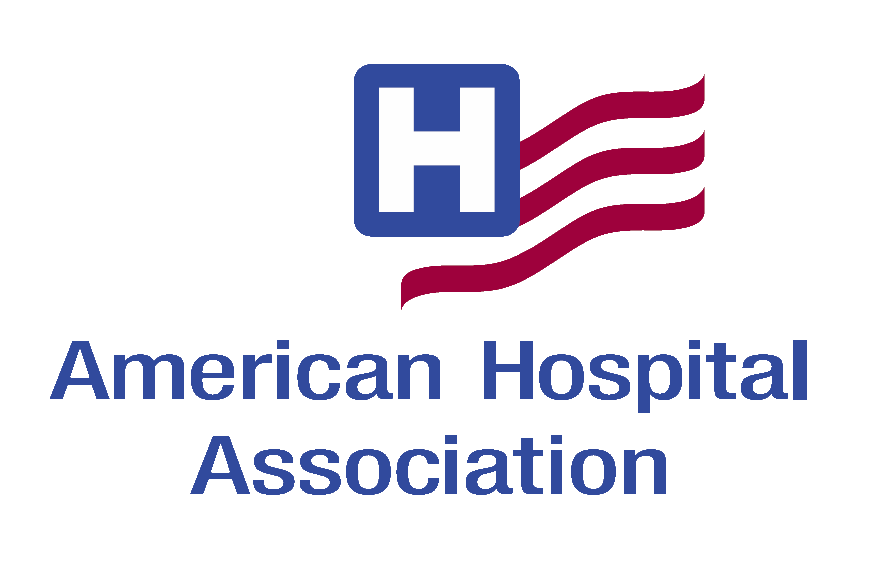Effectively Assessing and Improving Patient Mobility
Event Format
Date
Thu, Aug 27, 2020, 12:00 PM CDT – Thu, Aug 27, 2020, 01:00 PM CDTCost
Type
Event Host

Description
On-demand Webinar
Effectively Assessing and Improving Patient Mobility
Improving Patient and Caregiver Safety
Thursday, August 27, 2020
1 - 2 p.m. Eastern; noon - 1 p.m. Central; 10 - 11 a.m. Pacific
This webinar will cover maintaining mobility across care settings by using an assessment linked to care plans, including the use of safe patient handling and mobility practices today. The impact of prolonged bedrest and hospital acquired weakness is even more critical today with the influx of patients suffering from COVID-19. COVID-19 significantly impacts the respiratory system, resulting in weakness, difficulty breathing, fatigue and in the worst cases, acute respiratory distress syndrome (ARDS) and intubation. The latest research on the effects of bedrest and complications of immobility (which argues the critical need for a comprehensive patient assessment focused on decreasing risks of immobility) will be reviewed. The Bedside Mobility Assessment Tool 2.0 will be introduced. First presented in 2013, the BMAT 1.0 is a validated nurse-driven tool for assessing current mobility status and needs based on objective findings. BMAT 2.0 incorporates new knowledge developed over 5-plus years of BMAT 1.0 use.
A benefit of BMAT 2.0 is increasing awareness that the mobility status of many patients changes throughout their stay, including the early mobility challenges and needs of patients in critical care units. By determining patient deficits in real time, the safest equipment choices for the mobility activity can be applied, which lowers the risks associated with immobility including risk of falls. BMAT 2.0 allows staff to assess for mobility level in safe mode, coordinate strategies for strengthening and target the right piece of SPHM equipment to advance patient mobility. Takeaways include an understanding of how BMAT 2.0 and SPHM practices lead to better outcomes for patients and improved safety for both patients and their caregivers.
Attendees Will Learn:
- The risks of immobility and how using a standardized approach to assessment can impact care decisions, efficiency and patient outcomes.
- The impact on caregivers’ safety and efficiency associated with using BMAT 2.0 linked to a safe patient handling and mobility program.
- How to perform BMAT 2.0 and the benefits of using it.
Speakers:
Teresa Boynton
Clinical Consultant
Sponsored By


